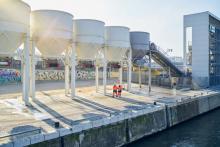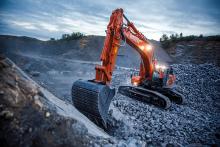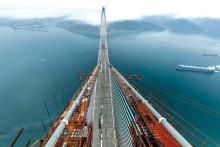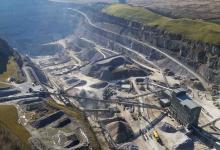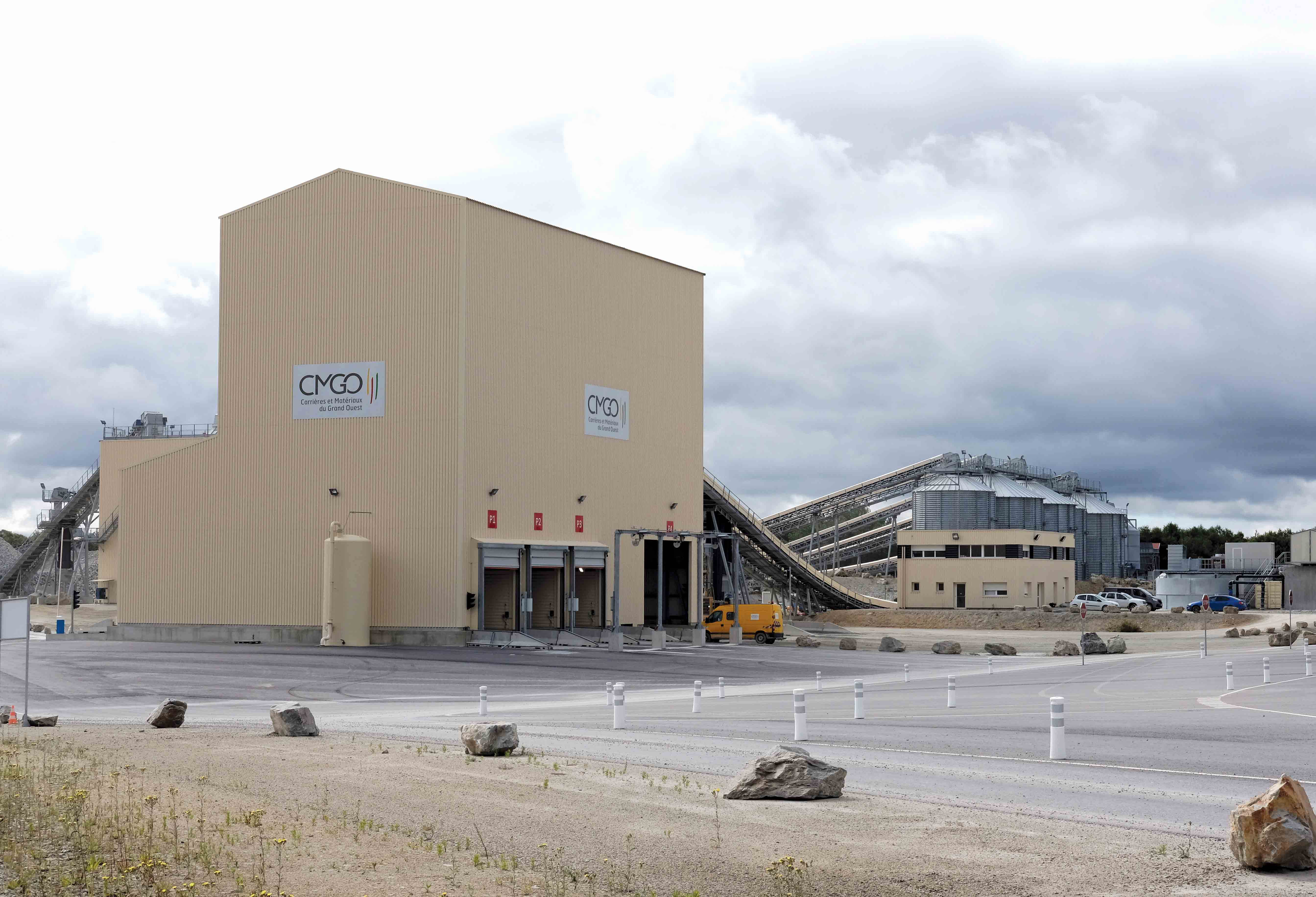
Like much of Europe, France’s aggregates demand has been somewhat depressed for several years. However, the impressive size of the market and its growth potential has seen building materials suppliers and quarrying equipment OEMs working hard to maintain sales levels. Guy Woodford reports.
There’s been something of a perfect storm brewing in France. The country’s attempts to find a route to growth are being significantly hindered by many factors. There’s low aggregate demand, partly due to a lack of major infrastructure projects; what seems like an endless tough economic climate across the Eurozone; uncertainty over how France might be affected by Britain’s vote to leave the European Union; and further uncertainty even closer to home with the French General Election due to be held in spring 2017.
Despite all this, a case for optimism can be found in France’s willingness to embrace new technology in a bid to make its quarrying operations more productive and efficient. Indeed, Parisian, drone-based quarrying software firm Redbird’s marketing deal with
Then there’s exciting turnkey quarry installations such as
According to the UEPG’s latest statistics, French producers generated 354 million tonnes of aggregates in 2014 – far greater than the UK’s 237 million tonnes that year. Its 1,454 producers working across 2,663 extraction sites are similar in number to Germany’s – whose 1,481 producers and 2,960 extraction sites make it the biggest aggregate producer by nation in Europe.
Crushed rock is the most-produced aggregate in France (199mn tonnes/year in 2014), followed by sand and gravel (120mn tonnes/ year in 2014). A potential growth area for French producers is the production of recycled aggregates. The country only produced 20 million tonnes of recycled aggregates in 2014, compared to Germany’s 68 million tonnes, and the UK’s 51 million tonnes. Compared to the UK’s 12 million tonnes and Germany’s 10 million tonnes of marine aggregates produced annually , France only turns out 7 million tonnes.
Grégoire Daviron is Metso France’s sales and services director. Prior to his current role, he worked for seven years as a service manager for Metso based in France, and before that for
“Currently, France has virtually no major infrastructure projects due to savings being made in public works in order to pay national debt. However, I think it could be a little bit better towards the end of the year as building authorisations are increasing. When this happens, normally greater aggregates need is following.”
Daviron said that the Grand Paris Project, which includes hundreds of new kilometres of métro lines to improve transport links between suburbs of Paris, has created some demand for aggregates and quarrying and construction equipment. “Some say that the Grand Paris Project will need 10 million tonnes of aggregates a year,” he said, while putting the figure into context, quoting France’s aggregate consumption of 450 million tonnes in 2008.
Daviron said that despite low aggregates demand in France, investment by the nation’s aggregates producers in their equipment fleets had remained steady. Metso has also invested significantly in its service business packages in a bid to give its customers greater plant efficiency and performance gains.
Volvo Construction Equipment (
François Darves-Bornoz, marketing manager of the total offer and projects within Volvo CE Sales Region EMEA, said: “The French aggregates market has been somewhat depressed over the last two years, partly due to the slow economic growth in general in France and also due to the fact that a number of key infrastructure projects – particularly in the South and West of the country – are coming to an end so there is no need for large volumes of aggregates at that stage.
“Despite these market conditions, Volvo CE has continued to perform well in the aggregates sector in France. There are numerous quarries in the hands of Volvo key account customers in France and we’ve seen significant growth in our larger crawler excavator line – particularly the EC300, EC380 and EC480 models – over the last two years.”
UEPG estimates of aggregates production data 2014 (France)
• 1,454 aggregates producers (companies)
• 2,663 extraction sites (quarries & pits)
• 120 million tonnes of sand and gravel
• 199 million tonnes of crushed rock
• 7 million tonnes of marine aggregates
• 20 million tonnes of recycled aggregates
• 5 million tonnes of re-used on-site aggregates
• 3 million tonnes of manufactured aggregatesDarves-Bornoz said that Volvo CE’s considerable growth in market share for larger crawler excavators was due to customers coming to appreciate the high quality, efficiency and productivity of these machines. “We worked hard to promote these larger crawler excavators at
Volvo CE is hoping to support the growth in its larger excavator range with its new generation of articulated haulers launched at

